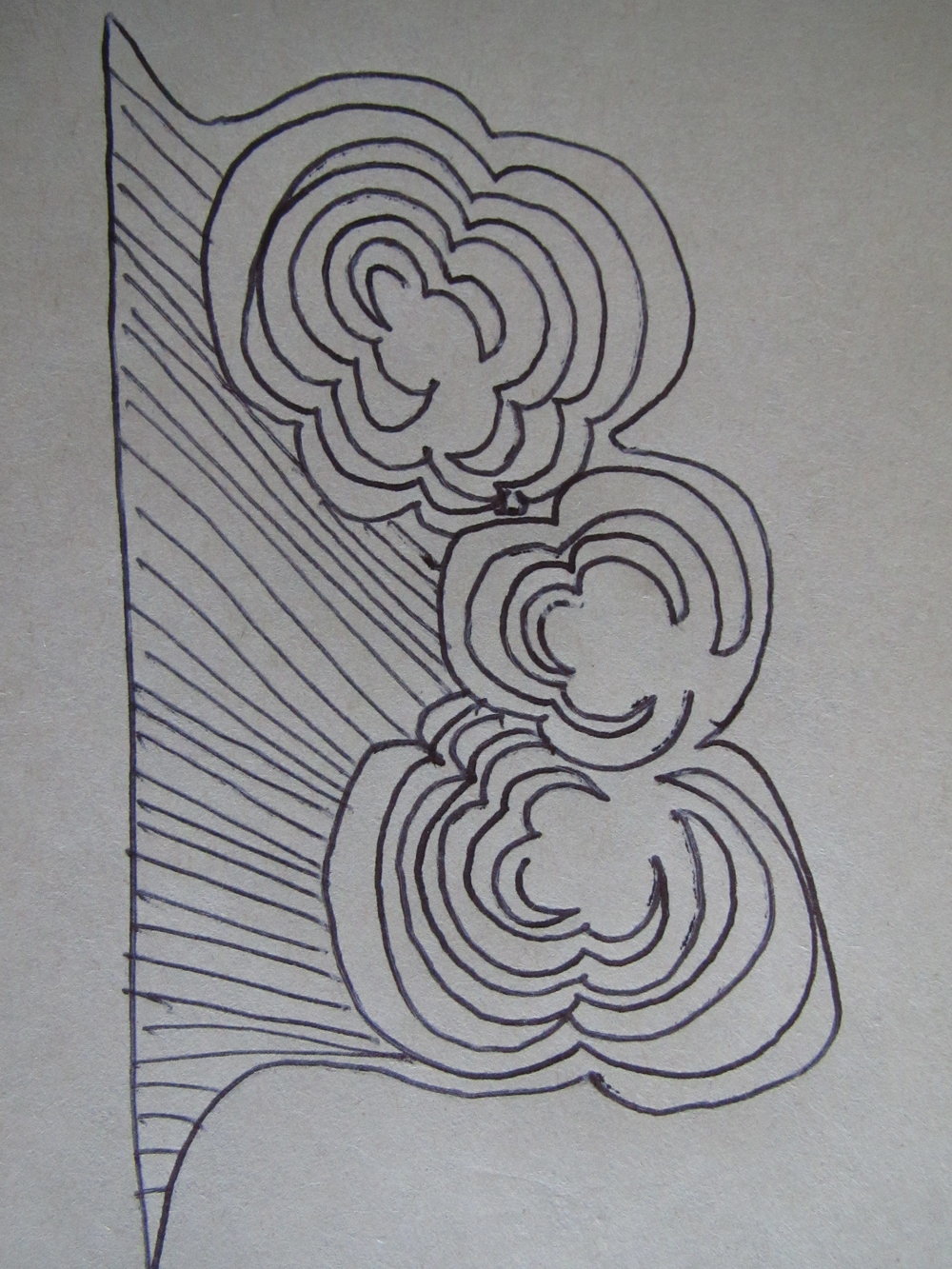Gleanings of the Week Ending December 1, 2012
/The items below were ‘the cream’ of the articles I read this past week. Click on the light green text to look at the article:
Benefits of gratitude -infographic
Lens, retina and optic nerves of a Daddy long-legs - image that bridges science and art
Who (and Where) is Happy? - Richard Watson’s highlighting of a ‘Happiness Planet Index’ graphic originally reported in New Scientist in June
Actin filaments - fancy biological photography
Mesa Verde Park Guide - from National Parks Traveler
Ancient Butterball - domestication of the turkey by the Mayans
Iris of the human eye - photo showing fibers that open and close the pupil
Medical Society Approval for Non-Invasive Prenatal Testing - replacement for amniocentesis and chorionic villus sampling?
Top 25 Wild Bird Photographs of the Week #30 - Which is your favorite? Mine is the black-headed heron.




















